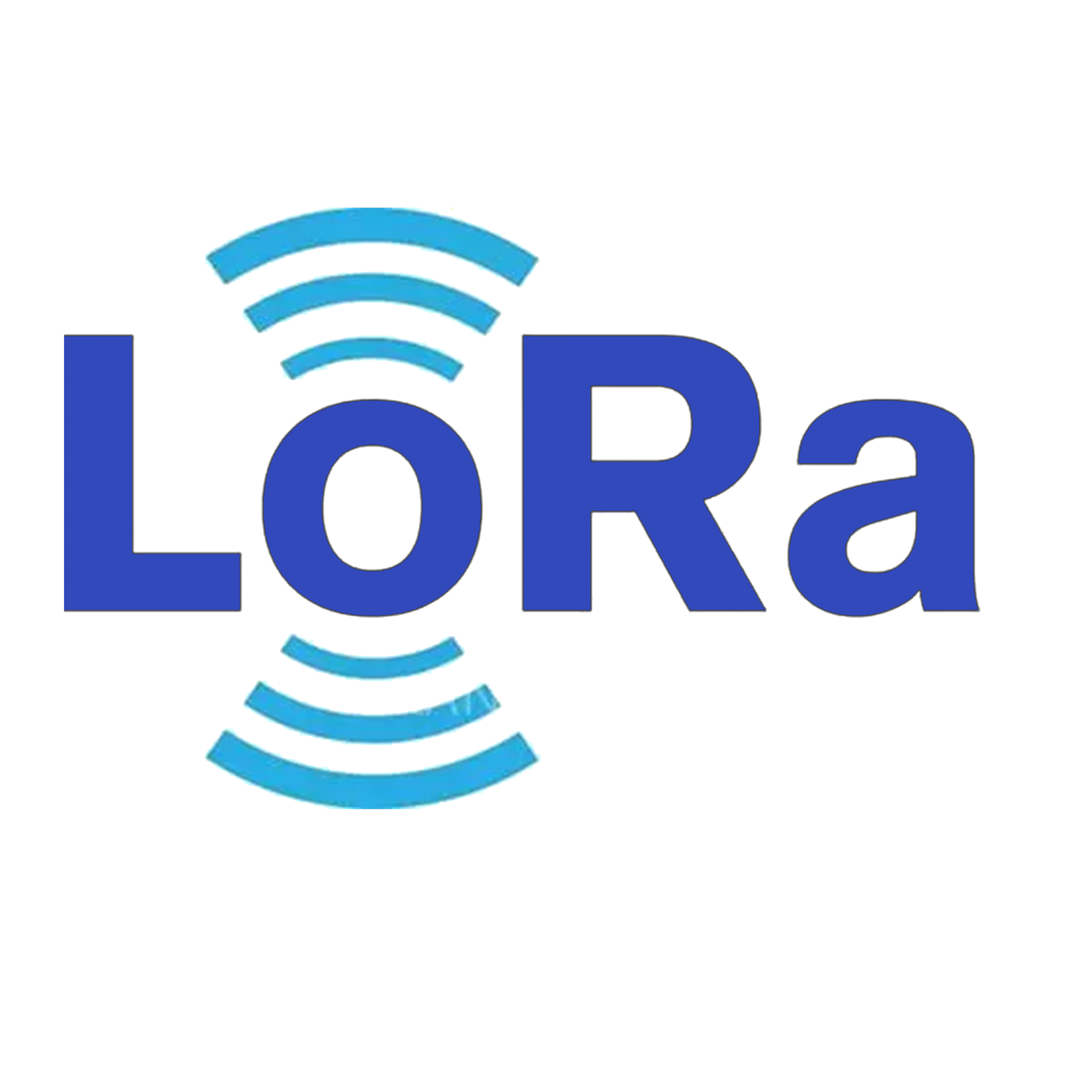
WIRELESS TECHNOLOGY
Wireless technology refers to the transmission of data without the need for physical cables or wires, relying instead on electromagnetic waves such as radio frequency (RF), infrared (IR), or microwaves to enable communication between devices. It has become a fundamental aspect of modern communication systems, facilitating the development of interconnected devices and networks across various domains, including IoT, telecommunications, healthcare, smart homes, and industrial automation. Wireless technology enables seamless data exchange, offering mobility, scalability, and convenience by eliminating the constraints imposed by wired connections.
Wi-Fi (Wireless Fidelity)
Wi-Fi, based on the IEEE 802.11 standard, is one of the most widely used wireless technologies for local area networking. It allows devices like smartphones, laptops, and smart home appliances to connect to the internet or communicate with one another over short to medium ranges (up to 100 meters). Wi-Fi operates primarily on the 2.4 GHz and 5 GHz bands, offering fast data transfer rates and low latency. It's commonly used in homes, offices, and public spaces to provide internet access.
Bluetooth
Bluetooth is a short-range wireless technology designed for personal area networks (PAN). It enables communication between devices like smartphones, wearables, headphones, and other peripherals within a range of approximately 10 to 100 meters. Bluetooth operates on the 2.4 GHz frequency band and is known for its energy efficiency, particularly in Bluetooth Low Energy (BLE), which is commonly used in IoT devices. It supports both data transmission and audio streaming.
Matter
Matter is an IPv6-based protocol that utilizes transport layer protocols like TCP/UDP to facilitate network addressing and reliable transmission of data packets, respectively. Due to this, Matter is compatible with multiple connectivity options (such as Thread and Wi-Fi). This flexibility allows Matter-enabled devices to communicate over various network protocols, ensuring broad compatibility and integration with different networking technologies. The true power of Matter lies in its commitment to interoperability. Industry leaders such as Google, Apple, Amazon, and Samsung Smart Things have implemented Matter in their IoT devices, fostering wider adoption from other manufacturers. Matter also supports bridging from other existing technologies, such as Zigbee, Bluetooth® Mesh, and Z-Wave. This allows already existing IoT technology to be integrated into an interoperable environment. The compatibility and seamless integration across brands create a unified ecosystem where your smart devices work harmoniously.

Zigbee
Zigbee is a low-power, low-data-rate wireless communication protocol based on the IEEE 802.15.4 standard. It is commonly used for IoT devices and smart home applications, offering a mesh network topology that allows devices to relay data through other nodes, extending the network’s range and reliability. Zigbee operates primarily on the 2.4 GHz band and is known for its power efficiency, making it ideal for battery-powered devices like sensors and smart bulbs. Zigbee devices can communicate over distances up to 100 meters and have a data rate of 250 kbps.

LoRa (Long Range) and LoRaWAN
LoRa is a wireless technology designed for long-range, low-power communication, primarily used in IoT applications like smart agriculture, environmental monitoring, and industrial automation. LoRa operates on unlicensed frequency bands (e.g., 915 MHz in the U.S. and 868 MHz in Europe), enabling devices to transmit small amounts of data over distances up to 15 kilometers. LoRaWAN is the network protocol that manages LoRa devices, providing scalable connectivity for smart cities and wide-area IoT networks

Thread
Thread is a wireless communication protocol specifically designed for IoT devices in smart homes. It operates on the IEEE 802.15.4 standard and uses the 2.4 GHz frequency band. Thread enables mesh networking for IoT devices, allowing them to communicate with each other over extended distances and form a self-healing network. Unlike Zigbee and Z-Wave, Thread is IP-based, meaning it can easily connect to other IP networks like Wi-Fi, allowing seamless communication across devices in the IoT ecosystem. Thread is designed to be power-efficient, with a focus on low-latency communication.